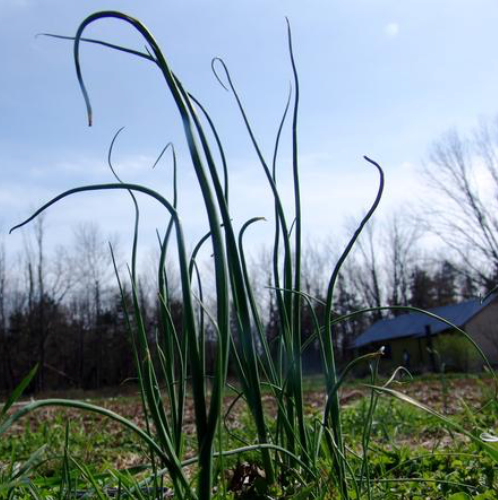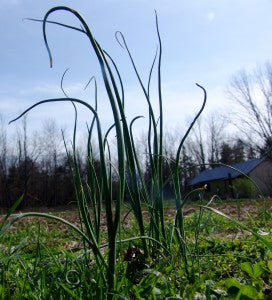
Spring Foraging by way of Spring Weeding: 6 Edible Garden Weeds
The arrival of spring brings new life everywhere: blooms, buds, baby lambs… even indoor plants sense the change in the air and take a cue to begin vigorously growing new leaves after months of dormancy. Weeds are in no way an exception. Unwanted greenery has already started coming in strong around the freshly sown beds on our farm, and even more weeds are taking advantage of the warmth in the greenhouse, growing up out of every available corner. Spring is an especially important time to keep weeds under control, because it’s difficult for young seedlings to compete with wild plants for light and nutrients.
Weeds, although often fully at odds with the goals of a gardener, are not inherently bad. Without a uniting botanical definition, weeds are simply the plants that are growing in a place where they weren’t planted. They are pesky, sure, but also impressive in their survival skills: unfazed by stomping feet or peeing dogs, keeping a seed launched launched in the ground sometimes for years until the opportune moment to emerge. And, while we wait for the first lettuce leaf or asparagus spear of the season, some weeds are worth a little of our culinary attention. The next time you bend down to pull out a large green clump, keep in mind that it may make a better addition to your lunch, rather than the compost pile.
Here are a few edible spring weeds we’ve found on our farm in April:
Notes:
- Be sure you know what you are eating when trying something new, especially a weed. If possible, check in with someone who has experience eating wild foods or consult at least two foraging sources.
- Weeds should be pulled out completely (root and all) to prevent them from coming back. It’s best to pull them before they flower and set seed, so they don’t multiply and take over (and, most greens taste better if harvested before they bolt anyway).












